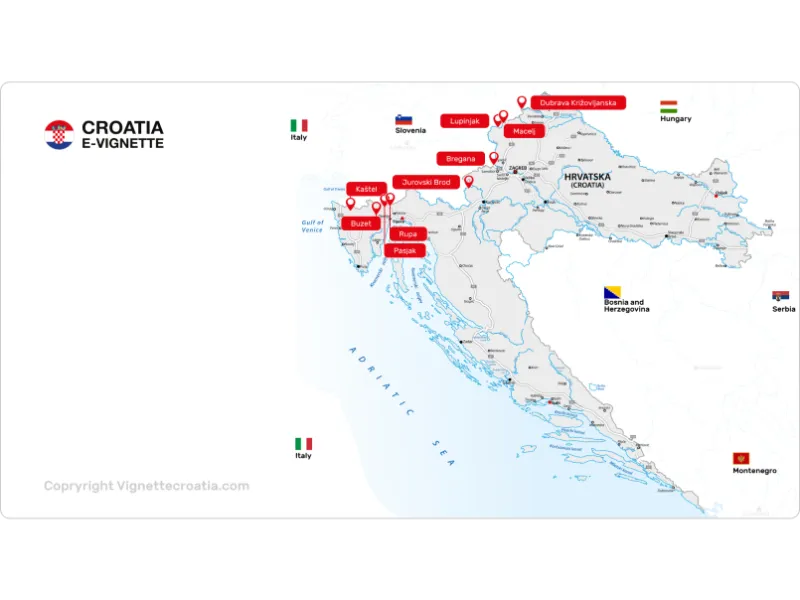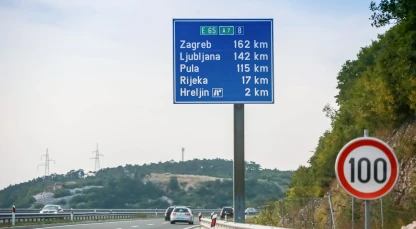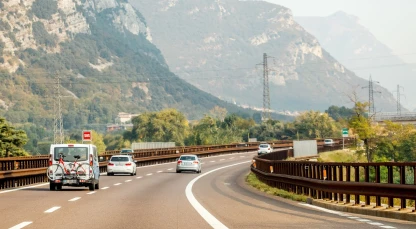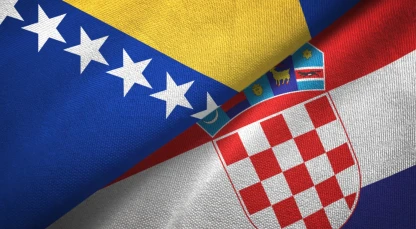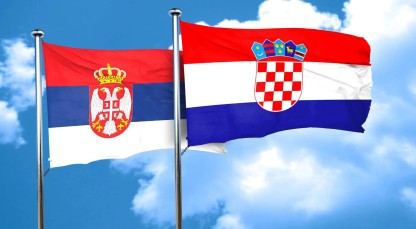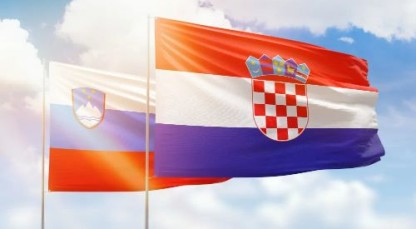Croatia-Hungary Border Crossing
Croatia's admission to the Schengen Zone
Effective January 1st, 2023, the Schengen Member states - including Austria, Romania, Germany, and Hungary - welcomed Croatia into their ranks. With this, Croatian citizens joined millions of other European citizens in being allowed to travel essentially unhindered between the various member nations. The Schengen Agreement is hailed as one of the crowning achievements of the European Union, facilitating trade, tourism, and cooperation.
This means that Croatians can now proceed with minimal fuss across the Hungarian border, and onward to other member nations. This applies to all the border control points between the two countries.
This article serves to inform road users about all that is involved in crossing the Hungarian southern border from Croatia. We will look at law enforcement, where and when to cross the border, and how to prepare for your trip into the Hungarian interior.
Did you know that if you want to go from the Croatian capital (Zagreb) to the Hungarian capital (Budapest) you will need to use a Croatian E Vignette to travel on the expressways?
The Croatia-Hungarian border connects Eastern and Western Europe. Both countries are EU members, sharing a commitment to efficient trade, industry, and tourism. The points at which tourists cross the border give access to popular destinations. Likewise, associated industries enjoy improved transportation connections.
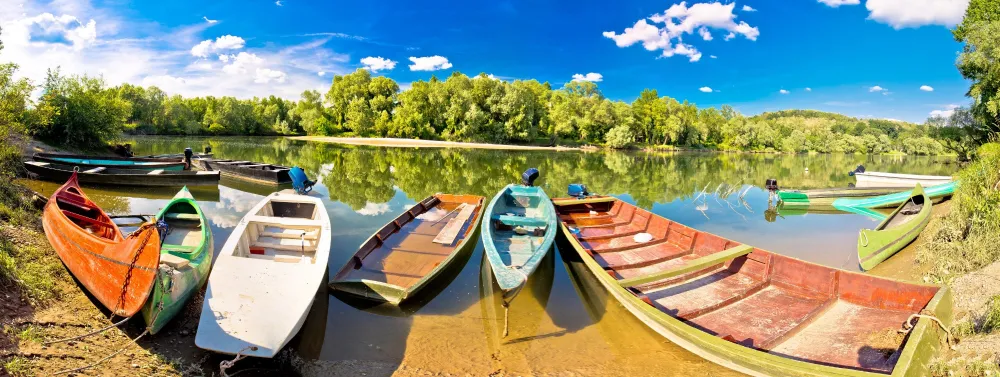
A little about Croatia
Straddling southeastern and central Europe, the Republic of Croatia shares borders with Slovenia, Hungary (to the northeast), Serbia, Montenegro, and Bosnia and Herzegovina. Popular with tourists, its Adriatic coast is dotted with around 1200 islands. Don't forget! If you want to use the A4 in Croatia to visit Hungary, you will need to buy a Vignette.
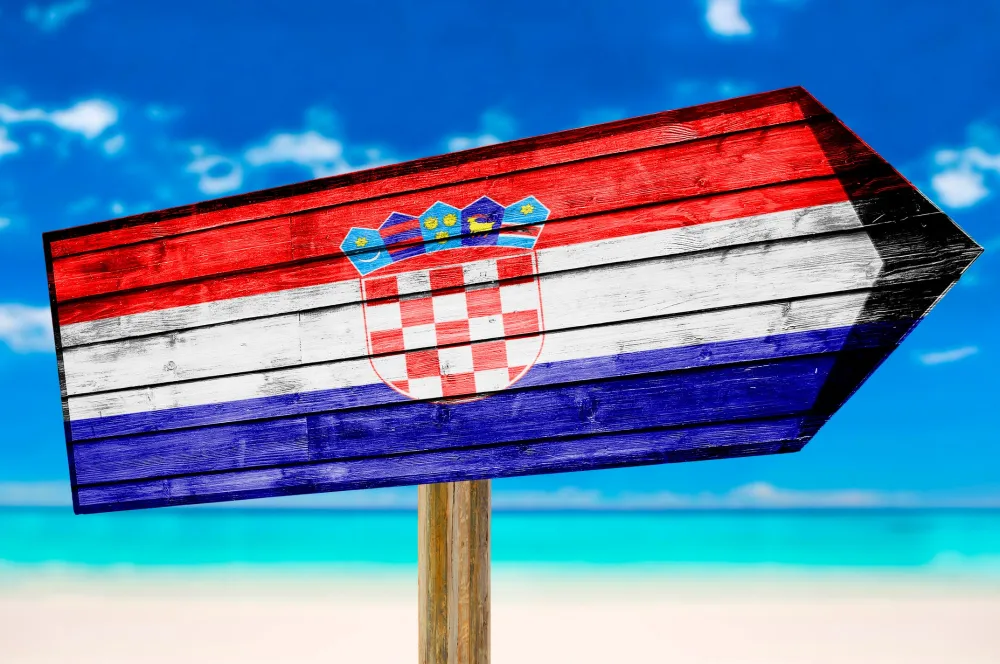
An Important Note on the Hungarian Border in 2023
Hungary has been at the forefront of the European Union's efforts to curb illegal migration along the Balkan Route. A border fence was along its southern border with Serbia and Croatia. These walls were built along the Hungary-Croatia border to prevent the entry of refugees and illegal migrants, sparking some criticism.
Subsequently, a second fence was built on the Serb border. The Hungarian government defends the border fence as integral to their security and sovereignty. Some migrants still manage to enter Hungary by illegal entry.
The government has received criticism for its alleged mistreatment of asylum seekers and illegal migrants. There have been accusations of human rights violations against the Hungarian police and forced returns to Serbia. These policies have caused tension within the European Union, and legal action by the European Commission.
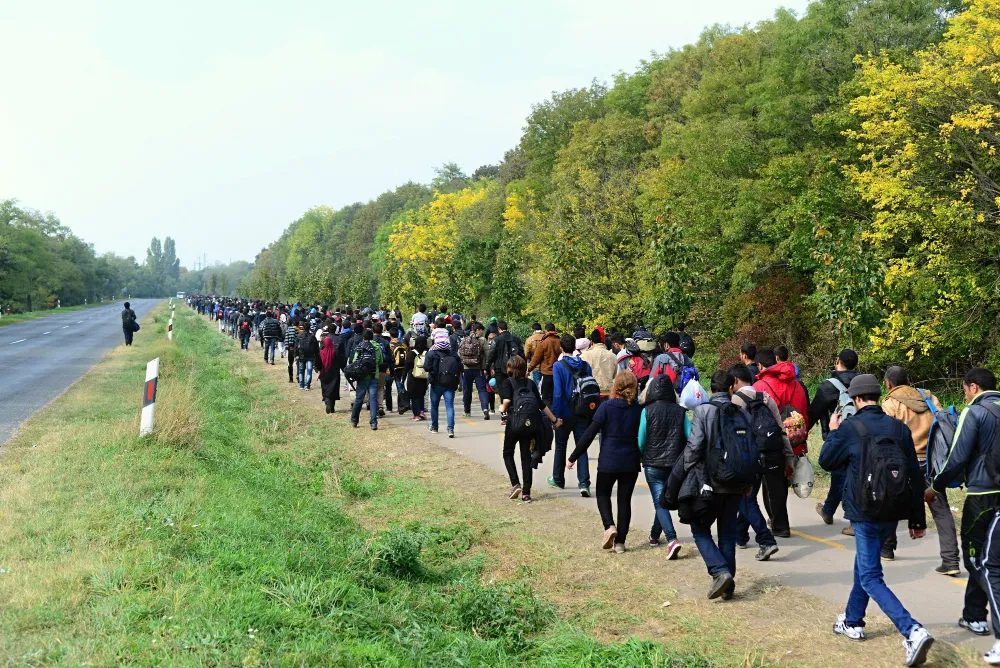
Some member states within Europe say the Hungarian border fence contradicts EU values and solidarity. Hungarian authorities, in turn, maintain their stance and have sought allies in defending their position.
It should be noted that this issue has the potential to impact Hungary's borders with the usual freedom found in the Schengen Area. At certain times delays may result from the abovementioned issues. Road users are advised to check for any updates that might impact travel before setting off.
Choosing where to cross between Hungary and Croatia
There are 10 roads where the Croatia-Hungarian border can be crossed. Where to cross will depend on your departure point and intended destination. The shared border is roughly 350 kilometres in length, running largely along the Drava River.
Before you decide where to cross, consider the following:
- Where in the country will your trip start?
- Where in the country will your trip end?
- Which border post is between the two points on your planned trip?
- Can you expect delays from heavy traffic or other issues at a particular land border or route?
- During your trip, are there likely to be police checkpoints?
By answering these questions, you will be able to choose the route most suited to your needs.
Waiting Times
Aside from the potential issues mentioned earlier, other factors may affect waiting times at the borders. Time of day, season, and type should all be considered. Major crossings are typically busier than smaller crossings. Peak travel season also causes congestion. To reduce waiting times, it helps to check the Croatian Border Police website.
Description of Each Border Post
Here is a description of each crossing point, including the road designation on either side of the border, and any webcam links available:
The Goričan-Letenye
- Location - northwestern Croatia, near Čakovec.
- Roads: Croatia - D2 Hungary - 86
- Open 24/7, estimated wait is less than 15 minutes
- Webcams (hak.hr)(letenye.hu).
The Duboševica-Terezino Polje
- Location - Eastern Croatia, near Osijek.
- Roads: Croatia - D7 Hungary - 47.
- Open 24/7, estimated wait is less than 15 minutes.
- Webcam.
The Donji Miholjac-Barcs
- Location - eastern Croatia, near Osijek
- Roads - Croatia - D53 Hungary - 58
- Open 24/7, estimated wait is less than 15 minutes.
- Webcam.
The Beli Manastir-Magyarboly
- Location: eastern Croatia, near Osijek.
- Roads: Croatia - D213 Hungary - 57
- Open 24/7, estimated wait time is < 15 minutes
- Webcam: None
The Batina-Berzence
- Location: eastern Croatia, near Osijek
- Roads: Croatia D212 Hungary - 56
- Open 24/7, estimated wait time is < 15 minutes
- Webcam: None
The Erdut-Beremend
- Location: eastern Croatia, near Osijek
- Roads: Croatia - D214 Hungary - 582
- Open 24/7, estimated wait time is < 15 mins
- Webcam: None
The Bajakovo-Nagykanizsa
- Location: southern Croatia, near Vinkovci.
- Roads: Croatia - A3 Hungary - M7
- Open 24/7, estimated wait time , 15 minutes
- Webcams: Croatia (hak.hr and m7.hu).
The Ilok-Beremend
- Location: eastern Croatia, near Vukovar
- Roads: Croatia - D212 Hungary - 56
- Open 24/7, estimated wait time , 15 minutes
- Webcams: None
The Principovac-Letenye
- Location: northern Croatia, near Varaždin
- Roads: Croatia - D3 Hungary - 86
- Open 24/7, estimated wait time , 15 minutes
- Webcams: Croatia
The Terezino Polje-Szajol
- Location: eastern Croatia, near Osijek
- Roads: Croatia - D7 Hungary - 46
- Open 24/7, estimated wait time is < 15 mins
- Webcam:
As you will note above, many of the routes originate in Osijek. This northern city is reached via the A5.
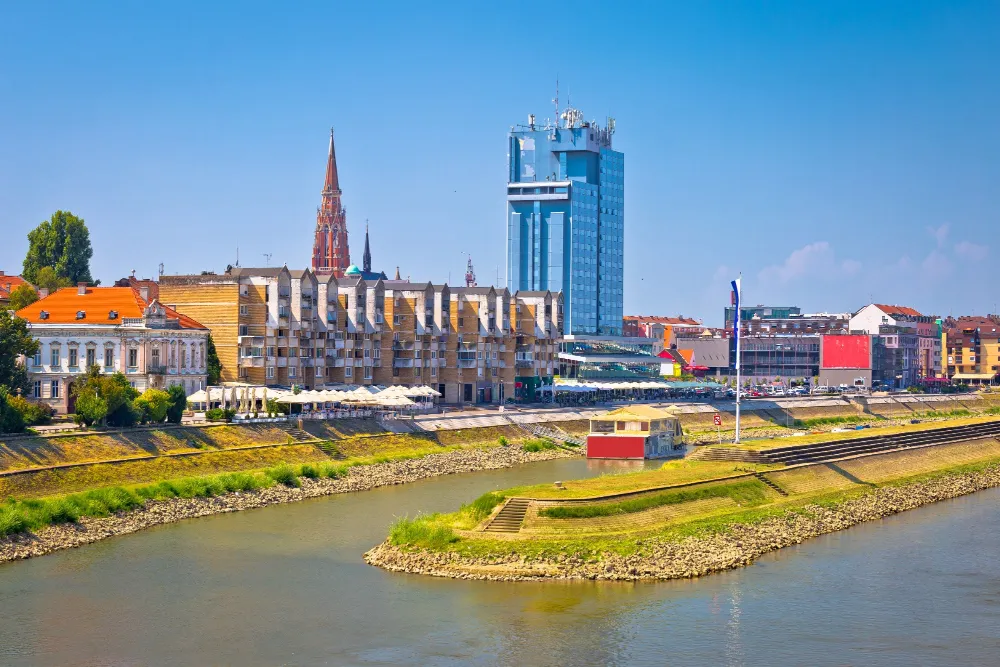
Other Webcams and Links (Croatia-Hungary)
- Bajakovo - Beremend
- Terezino Polje - Letenye
- Duboševica - Murakeresztúr
- Goričan - Letenye
- Donja Dubrava - Nagykanizsa
- Gorican II - Letenye II
- Duboševica II - Murakeresztúr II
- Goričan II - Letenye III
- Bajakovo II - Beremend II
Croatia's bustling Hungarian border
Prior to Croatia's admission to the Schengen Zone, transiting between the two countries was a time-consuming process on busy roads. Today, the experience is greatly simplified, although difficulties occasionally arise on the Hungarian side.
Since admission, it is noticeably easier to cross during the week, than previously. Weekends and the peak holiday season - from June to September - are typically busy with frequent delays. To optimise your trip, check online for delays. Use Google Maps and webcams. And, don't forget to buy your Vignette online before you set off.
As with travel anywhere, a little planning can make a long journey feel shorter. By using resources like this, as well as other online travel tools, you'll be able to enjoy all the benefits of travel within the Schengen Area.
